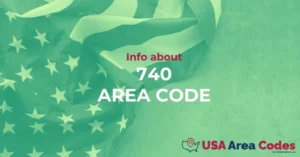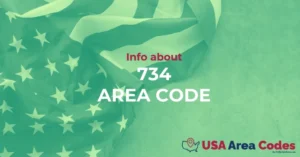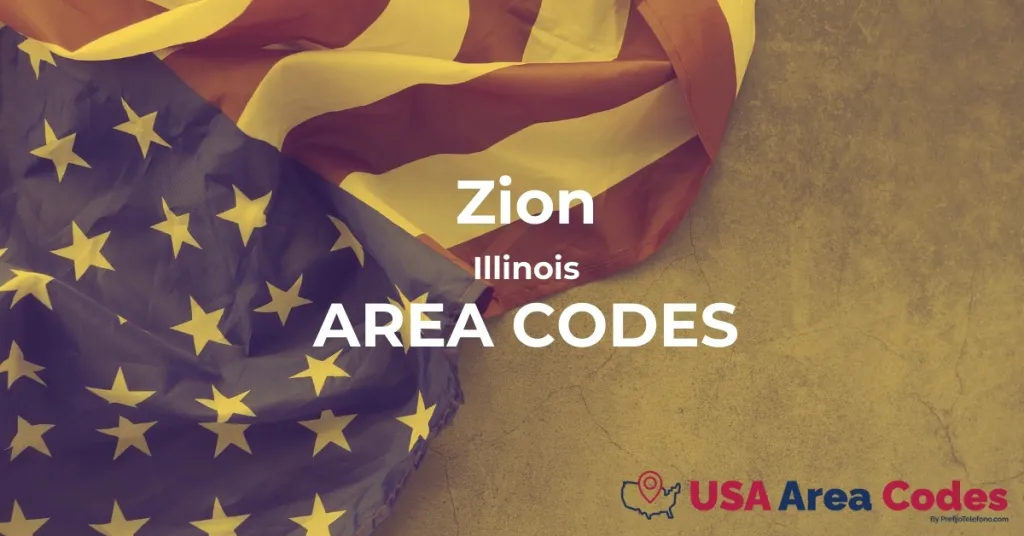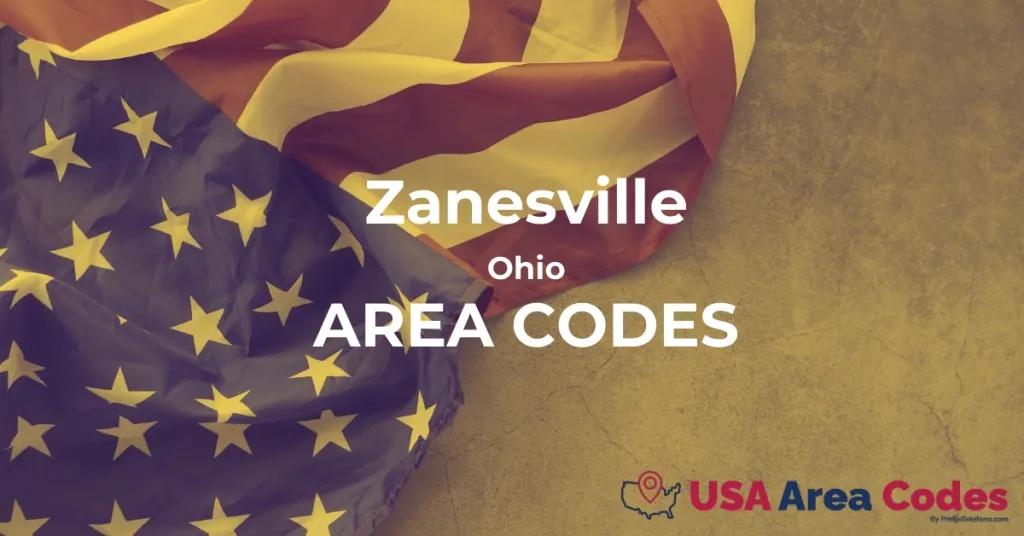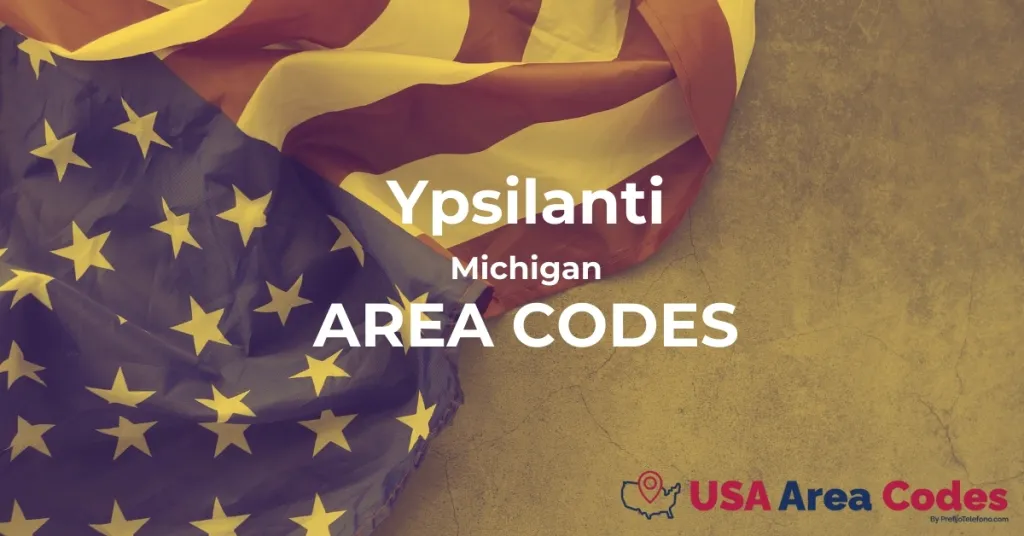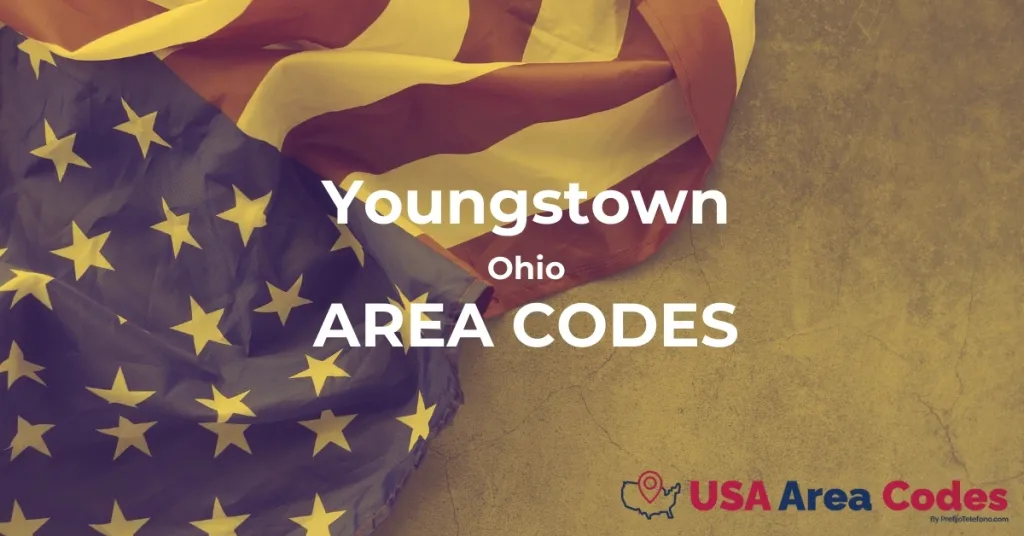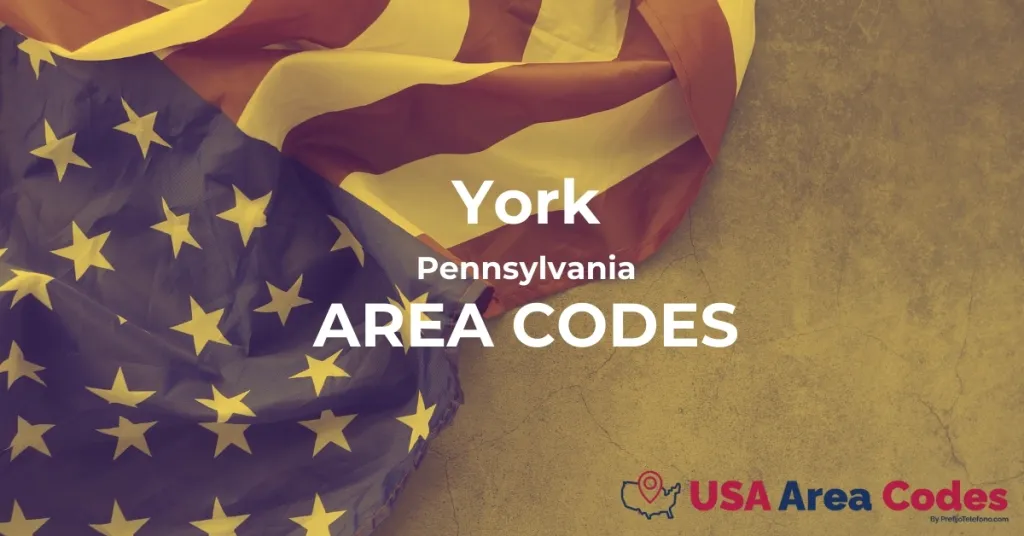Carol City is an unincorporated community located in Miami-Dade County, Florida, known for its diverse population and historical significance. Established in the 1950s, the area was initially developed as a suburban neighborhood to accommodate the post-World War II housing demand. Its strategic location, adjacent to major highways like Interstate 95 and the Florida Turnpike, facilitated growth and accessibility, attracting a mix of residents from various cultural backgrounds.
Historically, Carol City has experienced substantial demographic shifts, contributing to its rich cultural tapestry. The community is home to a significant number of African American and Hispanic residents, influencing local culture, music, and cuisine. Carol City’s identity is further shaped by its proximity to urban centers like Miami and Fort Lauderdale, which has resulted in a blend of suburban and urban characteristics.
In terms of telecommunications infrastructure, Carol City benefits from advancements in technology that enhance connectivity for residents and businesses. The area has seen the expansion of high-speed internet services, including fiber-optic networks, which are vital for supporting the needs of modern communications and facilitating economic development. Local organizations and initiatives aim to address digital equity, ensuring that all residents have access to essential telecommunications services.
Carol City's unique blend of historical significance, cultural diversity, and evolving telecommunications landscape makes it a noteworthy community within Miami-Dade County, reflecting broader trends in urban development and connectivity in the region.




